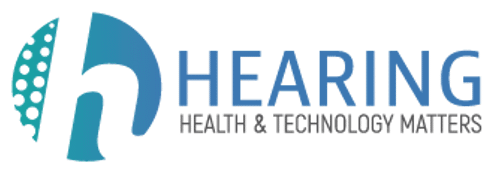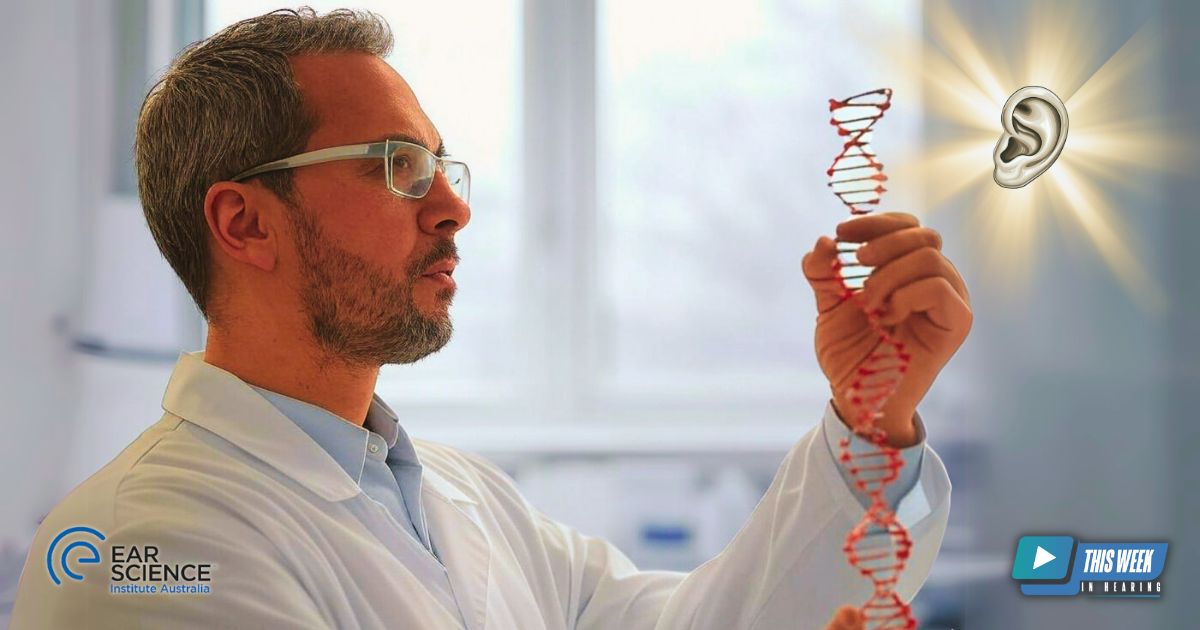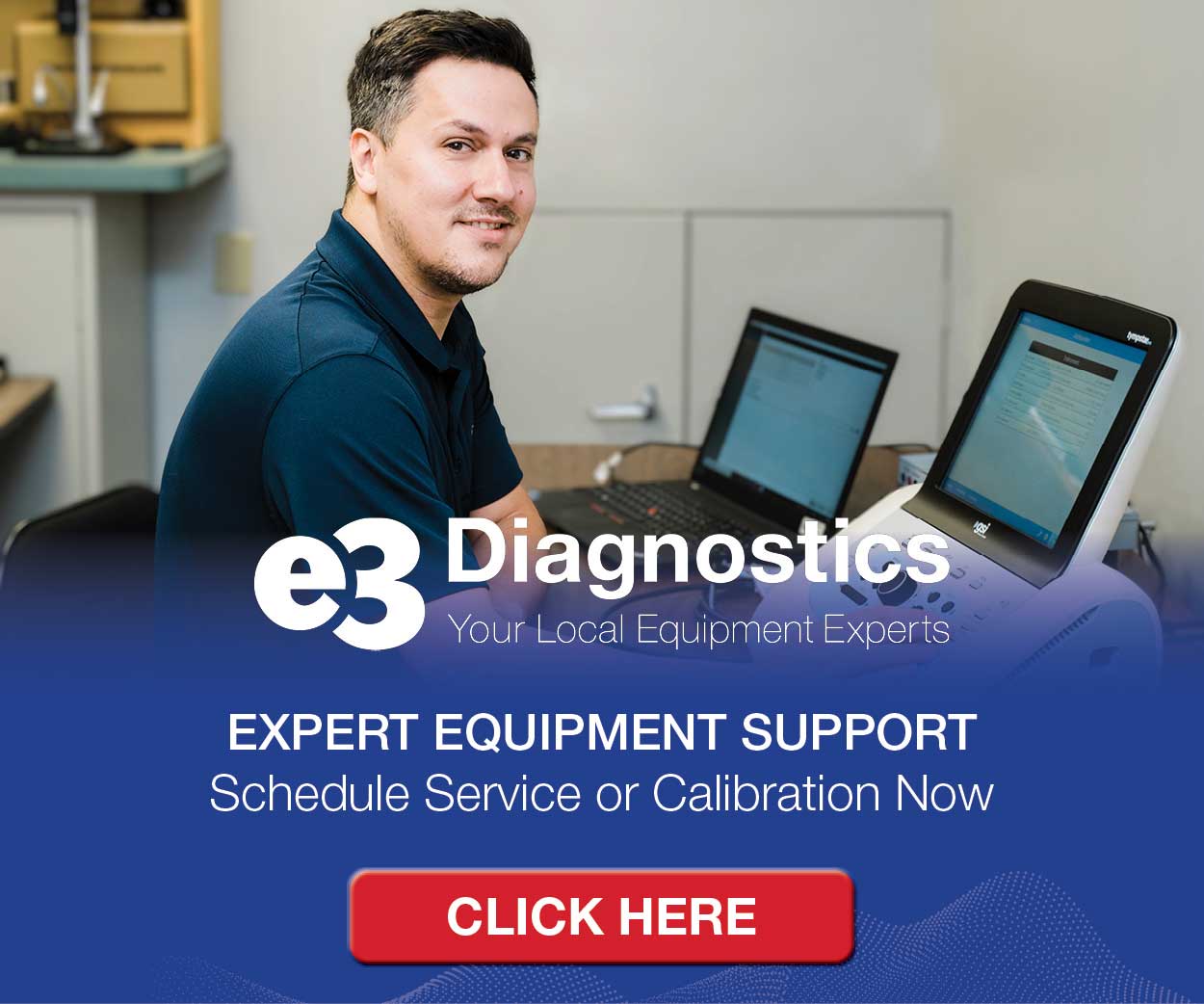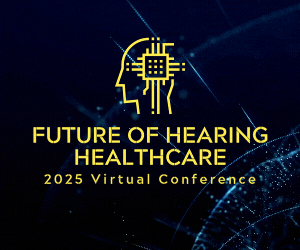Will genetic therapies revolutionize hearing loss treatment? Dr. Christo Bester, Head of Implant Innovation at Ear Science Institute Australia, discusses the emerging role of gene therapy and personalized medicine in hearing restoration. He highlights the Aussie Earbank initiative, a pioneering effort to collect genetic samples and audiometric data, helping researchers develop targeted treatments.
With over 155 genes linked to hearing loss, this presents both challenges and opportunities for targeted interventions. He emphasizes the importance of global collaboration in advancing gene therapy, as large-scale research efforts are needed to bring these treatments from the lab to clinical practice.
The discussion sheds light on how biobanking plays a crucial role in identifying patients who may benefit from emerging genetic treatments, offering new hope beyond traditional hearing aids and cochlear implants. Looking ahead, gene therapy and personalized medicine are set to reshape hearing care by complementing existing solutions. While still in its early stages, genetic research is paving the way for a future where treatments are tailored to an individual’s unique genetic profile, potentially restoring hearing function in ways never before possible.
Full Episode Transcript
welcome to this Week in Hearing. Hello, I’m Bob Traynor, your host for this most interesting episode as it deals with the first biobank to advance genetic therapies for childhood and adult hearing loss. Today my guest is Dr. Christo Bester who is the head of implant innovation at Ear Science Institute of Australia, all the way from Perth, Australia to us here in the United States. So thanks so much for being with us this morning. And Christo at This Week. In Hearing, thanks so much for, for letting me talk to you. It’s 42 degrees in Perth today, so it’s nice to get out and about. Oh wow. Very nice day. And, and we know here in the US certain parts of the country, we even had people skiing down Bourbon street in New Orleans last week. So that’s quite a difference from where we see here today. Now I know we’re going to be talking about genetic treatment of hearing loss, but can you give our audience a brief orientation to yourself and, and, and your journey to, to moving into this particular area of the field, basically? How’d you get here? Absolutely. Thanks for the question. So my sort of background is in auditory neuroscience and particularly electrophysiology. So you using electrodes and bits of equipment to understand how the ear works what parts of the ear are responding to us best. I’ve spent the last 10 years or so working in Melbourne for the University of Melbourne using cochlear implant electrodes to probe the ear in people who get them. And by using a cochlear implant we get really, really close to the sensory cells and the nerves that power the sensation of hearing, the perception of hearing. And that gives us a way of understanding every single cellular component of the ear, how it’s operating, how it’s talking to us. And in a lot of people who are getting cochlear implants, which parts are damaged, which parts aren’t talking to us? That was initially all about trying to improve the approach of cochlear implantation. How can we get these into people, causing the least damage possible to give people the best possible outcomes. But as a side effect we got the ability to create these great databases of where everybody’s ears were functioning best and where we tended to find the ears were not talking to us very well. So we built a sort of a diagnostic suite, if you like, of approaches to understanding the different parts of the ear and how they’re functioning. That’s all well and good, when most of our implant Recipients didn’t really know how they got their hearing loss. But we kept having people come in with confirmed genetic diagnoses and we saw very different patterns in how their ears responded to us than a person who had maybe a noise trauma related hearing loss. So we have this way now of telling us exactly what’s going on in the ear. And the problem with genetic diagnoses is I think that we don’t always know exactly what’s going wrong. So the idea behind combining our long diagnostic history is trying to build that sort of understanding of what’s going wrong in the ear. How can we understand exactly where the problems are so we can build therapeutics and treatments around targeting those problems. Well, so your background is basically hearing science then? More than clinical audiology would be? Absolutely. I’m not an audiologist. I’m not allowed to do any of the hearing tests I use in my research. I’m only allowed to sit on the other end of the equipment and hit my buttons. That’s okay, because the kinds of things you guys do in the hearing science side is almost like astrophysics to the clinical people. And I would think it, on occasion it’s somewhat astrophysics to you guys watching the clinicians do their work as well. So anyway, well, let’s take a, let’s dive into the Ear Science Institute of Australia a little bit and look at some of the things about maybe kind of an overview and a purpose of that group. Can you provide us an an overview really of the Aussie Earbank, its primary goals and how it aims to transform the treatment landscape for genetic hearing loss? Yeah, absolutely. So, I mean, as I guess most of the listeners know, hearing loss affects a huge number of people worldwide about one in six Australians and about half a billion people around the planet in kids. About 50% of this is related to a genetic disorder. So we often have confirmed genetic diagnoses in kids. That’s, that’s quite common. But recent studies are also suggesting a similar, similar proportion of genetic contributions to age related hearing loss. So in both kids and people as they age, these hearing losses seem to be more and more related to some kind of genetic abnormality or genetic diagnoses that’s contributing to the hearing loss. And I think until very recently we were pretty content with treating hearing loss that is providing hearing aids and cochlear implants. And to be clear, we very much still stand with those hearing treatments. My personal research focus, as I’ve said, is cochlear implants. I don’t think they’re going anywhere anytime soon but we now have an avenue and in fact already demonstrated success in using gene therapies in kids in particular kids with otofolin related hearing loss. By using gene therapies and personalized medicine, it’s now become possible to really cure the source, fix the source of the heart of the problem of hearing loss and bring people back their hearing without additional aids. The goal of the Aussie Earbank is to use our expertise at the Ear Science Institute in understanding the underlying mechanisms of hearing loss as well as our experience in developing new clinical treatments to really accelerate genetic, genetic and personalized medicine approaches to new cures for hearing impairment. So Christo, you know, with over one hundred and fifty five genes linked to hearing loss, how does the biobank navigate these complexities to create real opportunities for new therapeutic developments? This is such a hard part and it’s a really tremendous risk with investigating gene therapies. As a research scientist I think we tend to get pretty distracted and focused on understanding the nitty gritty of every problem that exists. And in fact there’s already a huge breadth of understanding in the genes that contribute to hearing loss. Even in those 155 genes, the number of pathogenic variants explodes that number out more and more. So we really have to be realistic about which of these genes and even amongst genes which of the pathogenic variants could be good targets for hearing therapeutics. And this comes from having a good understanding of the underlying science behind the genes that otoferlin incredible success with the otoferlin trial was really possible because otoferlin related deafness is a perfect target for gene therapy. It keeps the fundamental structure of the ear intact while only causing dysfunction. One component of the ear where the sensory cells can’t talk to the nerves properly. So if you fix that little bit of the communication pathway, that is restore function of the hair cell to nerve synapse, it seems like you complete can completely restore the function to the ear. Most gene related hearing loss is not like that. There are often multiple components of the inner ear that are affected by a disorder, even if that disorder is in a single gene. And there can be structural problems or abnormal maladies that are present at birth. So very difficult for us to prescribe a gene therapy there. So sorry to interrupt you there Christo, but yeah, I also saw where, where you guys restored the hearing of a child in Philadelphia. That was was that this Oto Fallon kind of Kind of an issue. I believe that was Otoferlin as well. So there’s been successes there in China, England and in the US in that restoration. And it really is like it. I think it’s setting us up for of an avalanche of gene related hearing successes in the next six to 12 months. But it was, it’s such a perfect target that, that I think can be a little misleading. Even the otoferlin study took decades of work for the perfect target to reach the point that it was used in any children. So it’s really hard, it’s really tough to think pragmatically that you’ve got to target with limited resources, you’ve got to target the genes that are common. So we know that a lot of people suffer from you know, there are some genes that are much more common than others. And we’ll be looking particularly at the Australian population which isn’t quite as studied as for example the US population. And we need the ear to be in a good state that when we can get our gene therapy into it, it’s still sufficiently functional that we can restore the function left and make sure that person lives with good hearing for the remainder of the life. I mean that’s a little bit short to medium term. I do think that the speed of gene therapies is accelerating. So we’re probably going to be seeing this accelerate in the next five to ten years. Absolutely. Wow. Well, you guys have a whole lot of collaborators down under for this particular project. How important are the collaborations with institutions and registries to the success of the Aussie Earbank and how will they contribute to your overall mission? They’re absolutely vital at ear science and with the Aussie Earbank. We have a team of experts in hearing therapeutics ready to work on targeted genetic therapies as we identify them. They’re already doing that with Usher disease for example, that has a combined blindness and deafness component to it. We have a hearing devices team that I’m part of that has decades of combined experience in the use and development of diagnostic tools and audio audiometric approaches to identify those sites of lesion, identify exactly where those problems are in the ear. And we have our brilliant surgical and clinical teams to identify patients to figure out those viable therapeutic solutions. All of this we do with a team of community members who are affected by congenital hearing loss. And that’s led particularly by the fantastic Jodi French. And she was involved from the very start of developing the biobank so we could know which parts the community really cared about and as well which, which therapeutics that they thought were actually viable but it’s just not possible to achieve this scale of research and clinical translation alone. From the beginning of the biobank, we’ve worked closely with the Alliance Eye Institute here in Perth as well as well as some of the genetic services groups in WA to help the establish the biobank. We don’t have any experience in biobanks so we’ve been really reaching out nationally and globally to understand exactly how these have succeeded and some of the failures around the world as well. They’re extremely expensive to run, they’re very complicated pieces of machinery. So the more input we can get over from other biobanks that have been successful, the more viable our biobank becomes. I was going to say you guys have some, some pretty good funding for your biobank as well from what I can tell in, in, in the readings which should give some stability to the research and the development of any of the therapies that you guys recommend. Yeah, so we’ve been quite successful in local WA government funding. The WA government has a, it’s called the Fiery Fund, the Future Health and Research Innovation Fund that’s a sovereign fund. So we got the initial establishment funds from there to set up the biobank. We’ve also had been successful in some other grant funding around Australia and we’re, we’re scientists so we’re putting in grants on a weekly basis more or less. One of the nice things about the ecosystem. Ear Science Institute is we have a really close link with some philanthropic donors and collaborative approaches around the community here. And the biobank is, it’s cost us about a million dollars to establish and it’s going to take a lot more than that as we work on specific projects over time. Sure. Well the other things that are going on this is there’s some technological and clinical applications for the kind of work you guys are doing. How does combining genetic samples with the audiometric data help advance the development of targeted therapies for these for the hearing losses that you’re working with? Yeah, great question. It kind of brings us back to that problem of the 155 genes and counting linked to hearing loss. Most of our understanding of the underlying mechanisms of these gene related hearing losses comes from pre clinical studies, basically animal studies, which has a huge amount of value in understanding the molecular and cellular components that contribute to hearing loss. However, there’s always differences in the humans and these can be really, really important. The genetic samples that we collect will guide where we look in the ear, the cell types we look for, the specific mechanisms we look for, but it’s the audiometric and diagnostic tools that tell us which cell types that confirm which cell types are actually impaired in function in these hearing loss individuals. And that’s what lets us target our therapeutics. We know that at the moment the gene therapies were given in kids I think about 24 months of age. If we have a genetic disorder that results in a baby being born that already has a significant hearing loss, that might be really difficult for our genetic therapies to contribute to, to fix. We need that viable structure present as soon as possible. So we know that our therapies can provide. That’s just the beginning. As we develop a large database of genetic samples and linked audiometric and diagnostic information, we can flip between trying to fix some common gene impairments that are around today to a phase of new gene variant discovery. So we can embark on a process of personalized medicine and developing gene therapies that are targeted to specific families of problems. These can become much more common treatments for everyone affected by hearing loss. Great. So what impact do you anticipate the biobank will have on clinical trials for these new hearing loss treatments? Well, we’re hoping to run a few clinical trials we’re hoping that in the next five years we develop a few gene therapies that we can start running clinical trials on as our viable targets have their Therapies developed, but we’ll also be collecting all of this information in a hopefully massive database from hundreds to thousands, maybe in the future, millions of Australian and global participants. The idea is to share that information with other research centers or other interested industry partners to help them run clinical trials as well. This gives everyone in the field of hearing research a resource that they can use to develop new therapeutics, test their current therapeutics and prove the efficacy of their trials over time. So how do you engage with patients and the communities? You kind of mentioned a little bit about that, but do you want to hit that just a little more to because you need to encourage participation in the initiative that you’re presenting here. And how do you go about doing that with the real people that are going to be interacting with it? I suppose as a scientist I was quite concerned that gene therapies were a very new and very scary piece of technology that the general public would be afraid of using afraid of even interacting with at any level. But that hasn’t been my experience in the establishment of the Biobank. At Ear Science we have a network of clinics across WA and Australia wide. So we have a huge amount of contact with individuals suffering hearing loss or parents of children who are suffering hearing loss. We see massive numbers of the impacted every day. So really the community has come to us in a way. Weve had to sort of, we’ve started building registries of people already who are excited by the prospect of contributing tissue to advance the understanding of gene therapies already and we haven’t even built the equipment yet. So we’re finding that the community’s coming to us at a, at a pretty fundamental level. So they’re, they’re really coming out and helping us a great deal and I think that helps us a lot because again we scientists tend to get distracted by the novel, the interesting, the academic. So it’s easy to lose sight that the main goal here is helping the largest number of people to hear that we possibly can. So we’re actively looking for people who are affected by hearing loss, who think they have a, a strong family history, some genetic component to their hearing loss to work with us to help collect samples and help guide our research. So we know who to aim for, we know who needs these therapies the most. So for, for my colleagues here in the United States, they always know, you know Queensland and they know New South Wales, but WA as Christo’s referring to is Western Australia. That’s where Perth is located folks. So so look it up if you’re not familiar. So Christo, you know we’ve talked about a lot of very interesting topics here. What are the advancements that you see, you foresee really in these hearing therapeutics as a result of the work that’s going to happen in the next five to 10 years? What kinds of things are you guys going to do in the next five to 10 years that I don’t think is, I don’t think you’re going to put audiologists out of work. But what kinds of things do you foresee that the bio bank is facilitating for us? Absolutely. And no, definitely not putting anybody out of work anytime soon. I’d really like us in the next five years to be running at least one clinical trial on a therapeutic for a common cause of gene associated hearing loss. And that’s sort of the timeline that we need to work on. The otoferlin trials took decades of work to get to where they are now. We should be able to work faster than that. We know a lot more about how to build gene therapies now and we know a lot more about the common gene associated hearing loss the common gene associated hearing loss issues that exist around. So I think five years to try and develop one therapy is a realistic goal, an achievable goal. In 10 years I’d like us to have a pipeline, a structure where we can rapidly target different gene related hearing loss issues, assess the viability in months rather than years and develop these gene therapies so we can really accelerate these gene therapy cures for hearing loss. Super. So now how, how’s the biobank working to ensure the data and findings reach kind of a broad and diverse patient population because all, all heads don’t work the same in terms of all of some things and many cultures are quite different and so on. How, how are you guys kind of controlling for that kind of an issue? Yeah, at the, at the Ear Science Institute we have clinics spread across Australia at the moment. So we, we believe we have a decent representative view of the Australian population at least. And I do apologize we are Australian focused at the moment a little bit. But the common causes of gene related hearing loss are fairly common across the globe. There are specific populations that tend to show higher proportions of a particular gene over another. But as we develop our therapies they should be globally deployable. So one of the big aims of the Aussie Biobank is we’re working with the the Australian government already to make sure that the treatments that we develop will be able to be integrated in the healthcare system here. So we really want this to be something that you can use in routine health care. The goal here is something that is world applicable worldwide and just becomes a routine part of hearing loss. As hearing loss is identified, whether in kids or as you age, we can get these treatments to you no matter where you are on the planet, no matter what your cultural background is. Fabulous. Yeah. So are there some, some, some topics that you think we should know that we haven’t discussed here, Christo? Simply because we always, you know, you always kind of hold a couple of things down here someplace that are real, real things that you’re interested in. So what kinds of, what kinds of things have you been kind of hanging on to just a little bit that maybe you could share with our, with your, with our, our colleagues both in Australia as well as in the United States and around the world? Yeah, absolutely. I suppose one thing if I went a little bit further is there is a fear, I guess, awareness about these kind of therapeutics in the healthcare industries as well that whole putting people out of business kind of thing. I think in the next five to 10, 15, maybe even 20 years, we’re going to see that the hearing aid companies, the hearing treatments the cochlear implants are going to work hand in hand with these gene therapies. My diagnostic approaches require a cochlear implant. So as we perform our research over the next five to 10 years, we’re primarily going to be taking measurements using the cochlear implant itself as our recording device. That means that people who have cochlear implants are going to be our first port of call to understand gene related hearing loss and they’re likely to be the first group that, that benefits from this because we can track success at a cellular level. We can track success. So these kind of hearing treatments and drug therapies and gene therapies can all work together as we work to really turn hearing loss from something that is a little bit scary, is still a little bit stigmatized in our world today, to something that we can more or less move past. Fabulous. Well with that it’s been really fabulous meeting you Christo, and listening to some of the things about the Aussie ear bank and thank you so much for being with us all the way from Perth, Australia, to the United States and around the world. And we’ve certainly become enlightened about the gene therapies that may be possible for hearing loss in the, in the, not the near future, but in the, in the, in the distant near future, possibly for some. And later on, who knows? And anyway, so much so much going on these days with guys that are hearing science scientists like yourself and and those of us that sit in the clinic and work with what we have today it is always of interest to see what is maybe down the line for our patients. So again, thank you for being with us. And to those of you out there, thank you for joining us on this most interesting episode of This Week in Hearing.
Be sure to subscribe to the TWIH YouTube channel for the latest episodes each week, and follow This Week in Hearing on LinkedIn and on X (formerly Twitter).
Prefer to listen on the go? Tune into the TWIH Podcast on your favorite podcast streaming service, including Apple, Spotify, Google and more.
About the Panel
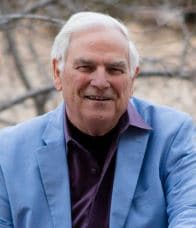 Robert M. Traynor, Ed.D., is a hearing industry consultant, trainer, professor, conference speaker, practice manager and author. He has decades of experience teaching courses and training clinicians within the field of audiology with specific emphasis in hearing and tinnitus rehabilitation. He serves as Adjunct Faculty in Audiology at the University of Florida, University of Northern Colorado, University of Colorado and The University of Arkansas for Medical Sciences.
Robert M. Traynor, Ed.D., is a hearing industry consultant, trainer, professor, conference speaker, practice manager and author. He has decades of experience teaching courses and training clinicians within the field of audiology with specific emphasis in hearing and tinnitus rehabilitation. He serves as Adjunct Faculty in Audiology at the University of Florida, University of Northern Colorado, University of Colorado and The University of Arkansas for Medical Sciences.
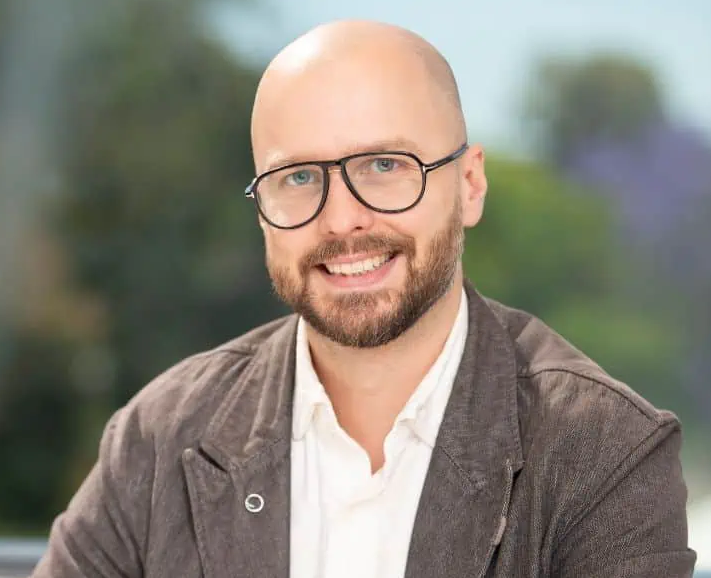 Christo Bester, PhD, is a leading researcher in hearing science, specializing in auditory genetics and innovative therapeutic approaches for hearing loss. As a key contributor to the Australasian Hearing Registry and Biobank initiative, he focuses on advancing genetic research and precision medicine in audiology. Dr. Bester’s work integrates clinical expertise with cutting-edge research to drive new solutions for individuals with hearing disorders. His contributions are instrumental in developing strategies that enhance early diagnosis and personalized treatments in the field of hearing health.
Christo Bester, PhD, is a leading researcher in hearing science, specializing in auditory genetics and innovative therapeutic approaches for hearing loss. As a key contributor to the Australasian Hearing Registry and Biobank initiative, he focuses on advancing genetic research and precision medicine in audiology. Dr. Bester’s work integrates clinical expertise with cutting-edge research to drive new solutions for individuals with hearing disorders. His contributions are instrumental in developing strategies that enhance early diagnosis and personalized treatments in the field of hearing health.

